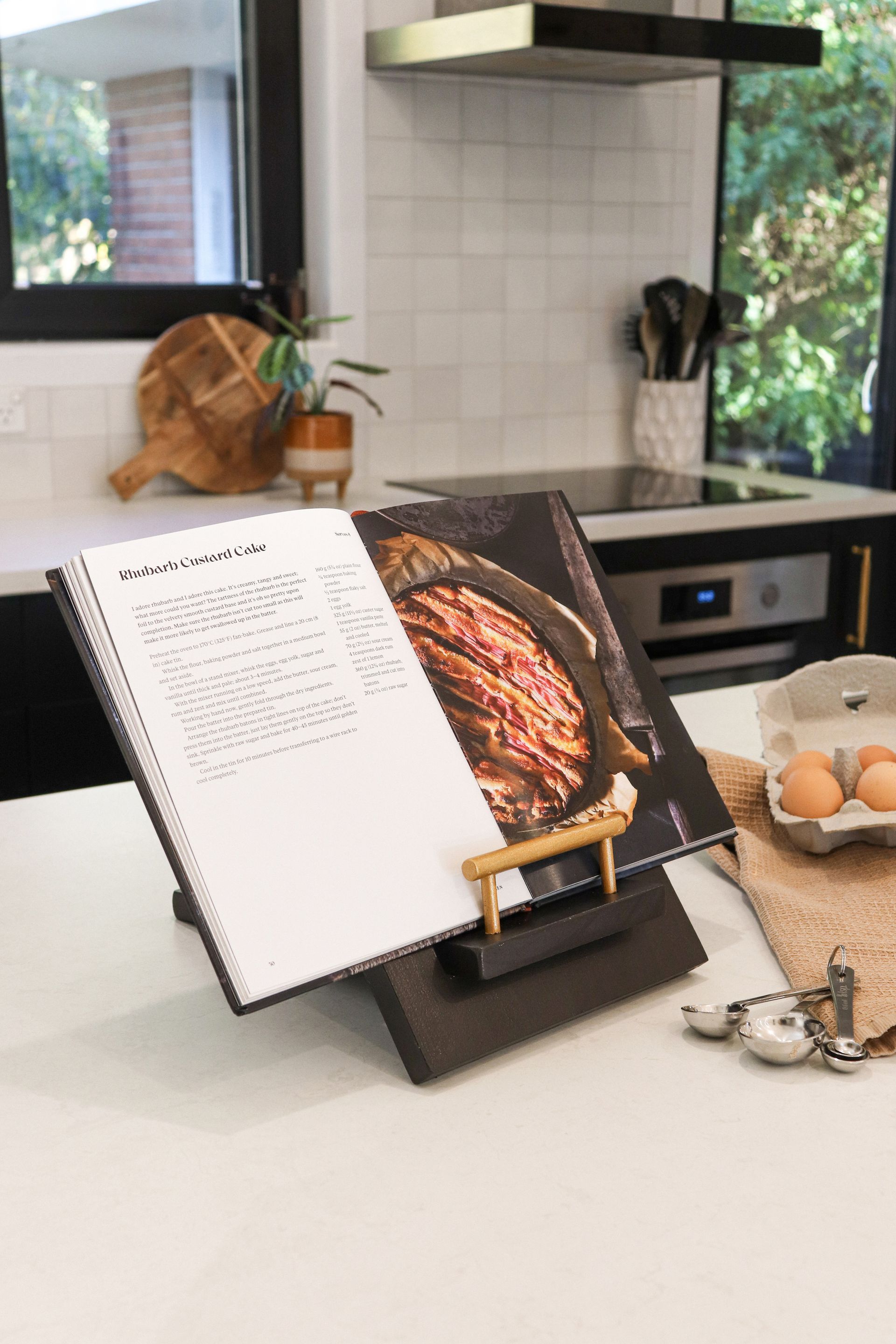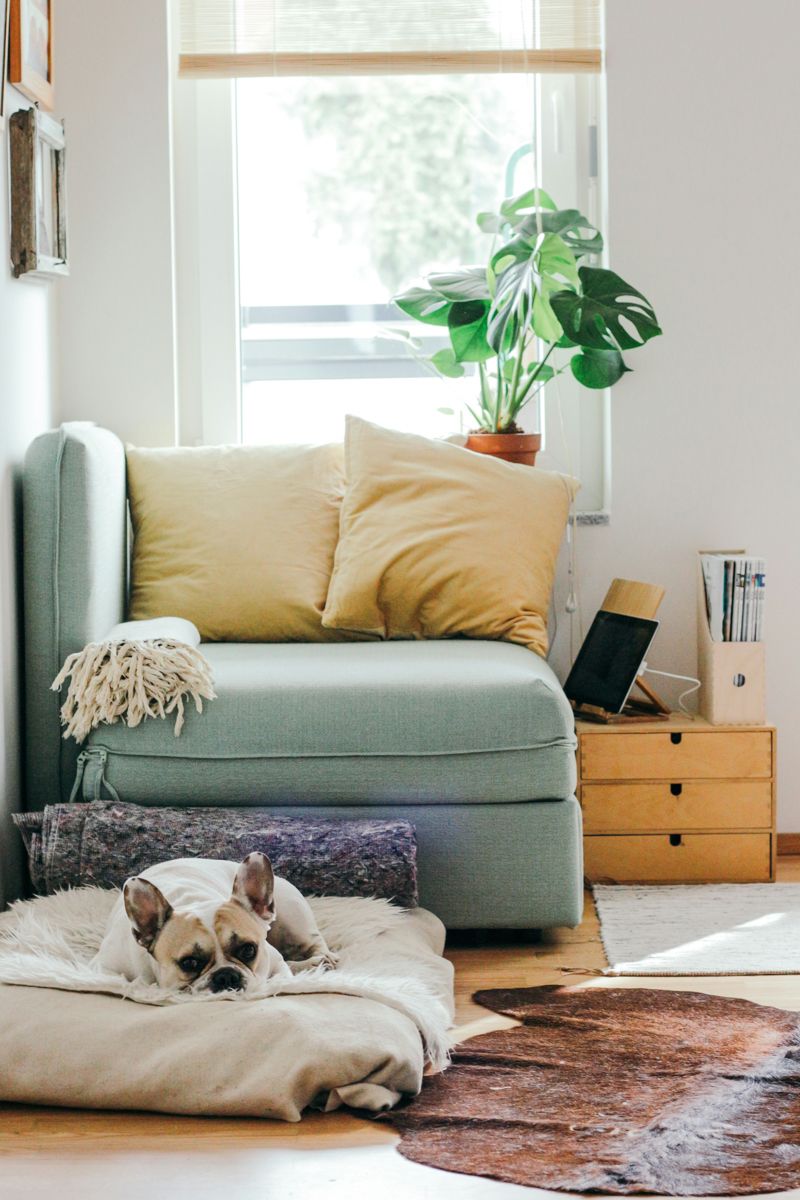Based in the creative hub of Nelson, the Höglund family share their love of glassblowing and the legacy of Höglund Art Glass Studio.With a desire to incorporate expansive outdoor living areas and a swimming pool into the design of their new home, these North Canterbury homeowners and their designer were forced to think outside the box to achieve what they wanted.
With a natural penchant and talent for glass artistry, Swedish couple Ola and Marie Höglund first began their foray as leaders in glass in 1978, with the launch of Ngwenya Glass in Eswatini (previously Swaziland). ‘As part of a Swedish government aid project, we built a glassblowing factory and introduced Swazi people to recycling glass bottles,’ says Marie. ‘We spent three years teaching glassblowing and glass engraving techniques before we decided to leave Africa and travel.’A decision that brought them to New Zealand, where they fell in love with the South Island. ‘We arrived in New Zealand with our first baby in early 1982,’ continues Marie, ‘and were instantly drawn to Nelson.’
Describing the area as a ‘creative hub for artists and craft people’, they delighted in the supportive community and natural environment. ‘It was, and still is, a great place to bring up children and be an artist.’
In 1984 the duo were offered an opportunity to set up their first glass studio in New Zealand at Craft Habitat in Nelson. While this studio eventually had to give way for the motorway between Richmond and Nelson, it was a building block for what was to come.
‘It was here that we built our first glass-melting furnace,’ shares Marie with a smile. ‘We used recycled bricks from an old pottery kiln. Unfortunately the bricks couldn’t withstand the high temperatures needed for melting sand to create glass, so we melted down empty vinegar bottles purchased from the local recycling centre.’ While this limited their colour palette to cobalt blue, bottle green and brown coloured glass for several years, it allowed them to hone their skills and save for a glass-melting furnace from Europe.
From Craft Habitat, Ola and Marie moved to Lansdowne Road in Appleby, establishing Höglund Art Glass Studio, a gallery and glassblowing space that still welcomes visitors today. With a larger space and their new purpose-built glass furnace, they were able to expand their range and produce glass work in all colours of the rainbow.
Höglund Art Glass has become renowned for its stunning handblown glass – a marriage of Ola and Marie’s unique talents. ‘I work with several cold glass techniques such as painting, cutting, sandblasting and engraving, as well as warm glass techniques [fusing and slumping], whereas Ola works with hot glass,’ explains Marie.
‘My images are first painted with powdered, coloured glass on the small glass bubble, then trapped between layers of hot glass before being blown into its final form by Ola,’ she continues. ‘The painted image is stretched and expanded by the blowing; a technique demanding skill and control. It explores the fluid brilliance of the glass and reflects the movement of light – bringing the individual character and beauty of the handblown glass to life.
‘We have made our oil and vinegar bottles for over 40 years,’ continues Marie, ‘and while we still make domestic wares, we also do larger one-of-a-kind pieces. Our gallery showcases a wide range of our unique, handblown vases, bowls, planters, paper weights, perfume bottles and glass jewellery.’ All of which are carefully and lovingly made by Ola and Marie, and more recently, their children.
A love of glass and the careful craftsmanship required for glasswork has been carried through the generations, with Ola’s father, Erik Höglund, having worked for the famous Boda Glassworks. ‘Erik revolutionised the art of glass in Sweden,’ explains Marie. ‘It is very special that two of his grandchildren, Ossian and Oliver, are finding their own expression through glassblowing and continuing his legacy.’
Born in the early 1980s, Marie and Ola’s sons grew up surrounded by art, glass and the craftmanship of their grandfather and parents. ‘They are now both trained glassblowers,’ explains Marie with pride. ‘Oliver has recently set up his own glassblowing studio in Australia, while Ossian and his wife Annabel are now blowing glass together, and share the Nelson studio with us.’
Watching glass being blown is a mesmerising experience and is a process that requires an innate amount of precision and detail, all while pushing the limits of the material and the clock.
‘Glass is so technically difficult to work with and has a life of its own,’ shares Ola. ‘As an artist I am fascinated by making a form with the human breath. The heat of the furnace and the molten, soft glass are my inspiration.’
‘Ola and Ossian mix silica sand from either Mt Somers in Canterbury or Tasmania with lime and sodium carbonate to lower the melting point of the sand,’ explains Marie. ‘They melt this mix in the furnace at over 1,360 degrees Celsius for 12–24 hours until it has the consistency of runny honey. A whole spectrum of colours can be created by using small amounts of different elements. For example, iron oxide makes green, cobalt makes blue, silver makes yellow, while gold chloride makes ruby glass. To blow glass, you work against time, and therefore have to work as fast as possible.’
Bold, beautiful and captivating in their vibrancy and form, Ola and Marie’s pieces have garnered a following not only across New Zealand, but Australia and the world. At one point Höglund Art Glass galleries were found in Auckland, Wellington, Sydney, Melbourne, Singapore, Dubai and Mumbai. And they even opened a second glassblowing studio in Far North Queensland. ‘In 2006, however, we made a lifestyle decision to get back to what we do,’ continues Marie. ‘Building the business was fun, but we like to use our hands to make glass.’ A decision which has seen them exchange their glassblowing studio in Far North Queensland (where they worked during the winters) for a home studio gallery in Central Otago.
While Marie and Ola talk about the nearing of retirement age, it appears unlikely that this couple will be slowing down anytime soon. ‘For as long as we can use our hands, we will continue to make glass,’ concludes Marie. ‘We are lucky that our work is our hobby and we still love making glass as much today as we did when we first started.’
Words Lucinda Diack
Recent stories









